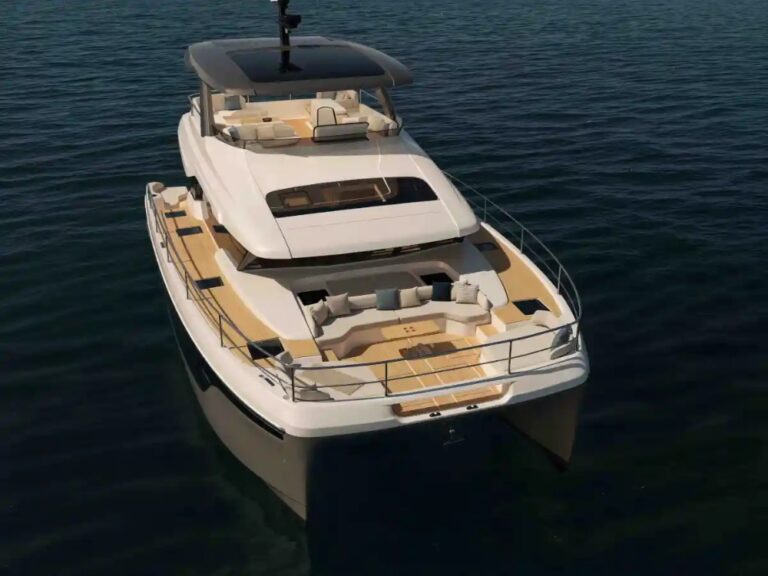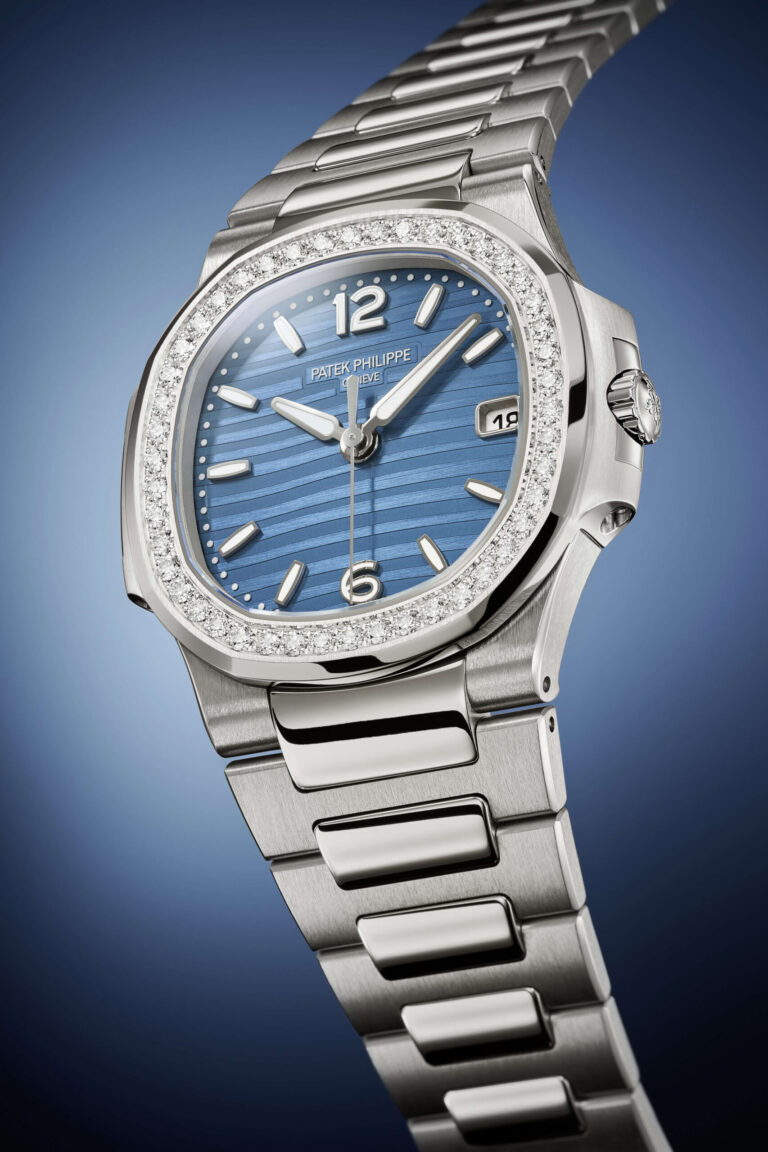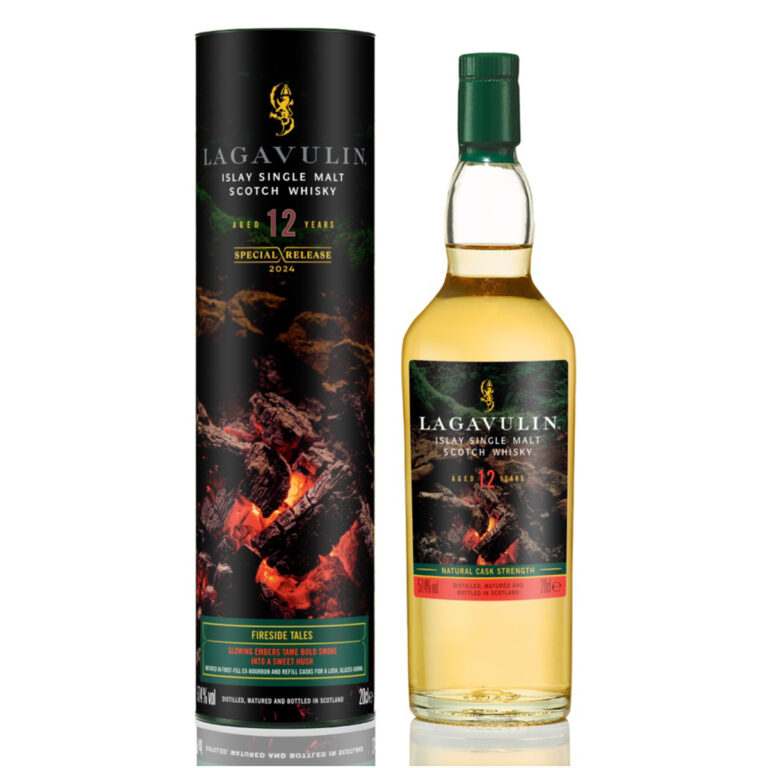A Deep Dive into the Best Center Consoles of 2026
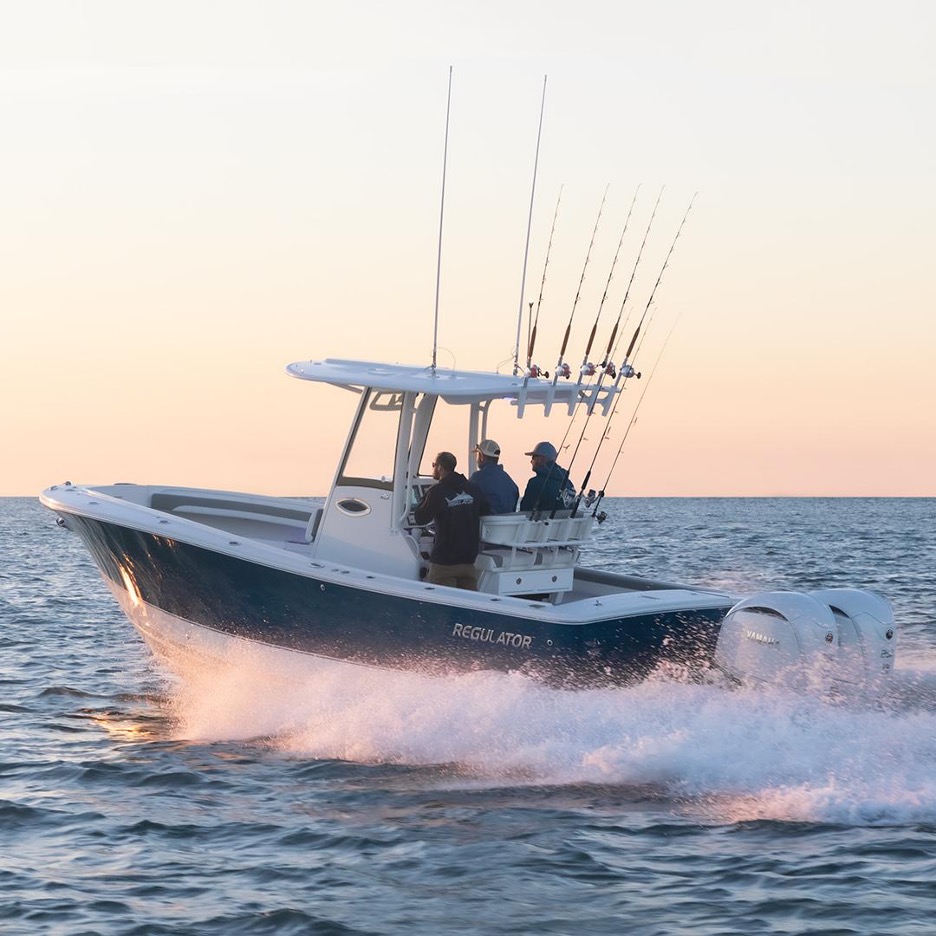
For the serious offshore buyer, the 2026 center console market presents a landscape of highly specialised, six-figure investments. The choice is no longer just about length and horsepower; it’s a decision between competing design philosophies. Each of the top five builders — Regulator, Contender, Yellowfin, Boston Whaler, and Grady-White — has engineered its 2026 fleet to excel at a specific mission, often at the expense of others.
This analysis examines these differing philosophies and evaluates the 2026 models on four key metrics:
1) Real-World Rough-Water Performance
2) 2026 Technology Integration
3) Build Quality & Long-Term Costs
4) Dual-Purpose (Fishing vs. Family) Versatility.
Understanding the Design Philosophies
Regulator Marine (“The Heavy-Build Benchmark”): Regulator’s identity is built on a “no-compromises” engineering choice: deliberate, heavy-hull properly-weight-balanced construction. A 2026 Regulator 31, for example, has a dry weight of approximately 11,140 pounds, significantly more than some lightweight competitors, like the 8,200-pound Yellowfin 32. This mass is combined with a 24-degree transom deadrise, a deep-V hull designed to “slice through waves” rather than pound over them. The stated goal is a softer, more stable ride in rough seas, prioritising capability over raw, calm-water speed.
Contender Boats (“The Tournament Specialist”): Contender is a purpose-built “Smoker Chaser” engineered for speed and hardcore fishing. By using lighter construction, they achieve tournament-winning top speeds, with models like the 30ST reaching 67 MPH. The trade-off for this lightweight, speed-first design is a focus on fishing essentials, and amenities are generally spartan.

Yellowfin Yachts (“The Innovation Leader”): Yellowfin focuses on speed and efficiency through its innovative stepped-hull designs. This reduces the wetted surface, delivering an exhilarating, sports-car-like feel and impressive fuel economy in calm to moderate conditions.
Boston Whaler (“The Unsinkable Legend”): Whaler’s core value proposition is its foam-filled, Unibond construction, which provides “unsinkable” peace of mind. While a powerful safety and marketing feature, this construction method “adds weight in places that don’t contribute to ride quality.” As a result, many experienced captains describe the ride in offshore conditions as “busy” rather than the “planted, confident feel” of a purpose-built deep-V.
Grady-White (“The Family-First Cruiser”): Grady-White has successfully targeted the family offshore market, with excellent amenities and a comfortable SeaV² hull. This design excels at coastal cruising. However, for hardcore anglers, the boats are often described as “family cruisers with rod holders” and can “struggle to maintain a steady, predictable platform” in truly rough offshore conditions.
Key 2026 Advancements: A Shift in Performance & Technology
For decades, the market was defined by a clear compromise: a buyer had to choose between the rough-water ride of a heavy boat (Regulator) or the top-end speed of a light boat (Contender, Yellowfin). Two major 2026 updates are challenging this paradigm.
For decades, the market was defined by a clear compromise: a buyer had to choose between the rough-water ride of a heavy boat (Regulator) or the top-end speed of a light boat (Contender, Yellowfin). Two major 2026 updates are challenging this paradigm.
1. The Performance Gap Narrows
The primary argument against heavier boats has always been a lower top speed. The 2026 models directly address this. The new Regulator 31, for instance, is now offered with twin Yamaha XTO 450s, delivering an impressive top speed of over 64 MPH. While this is still shy of the 67 MPH speeds of a lightweight Contender 30ST, it functionally narrows the “speed gap” to a negligible 2-3 MPH difference. This forces a new question: is a 2-knot calm-water difference worth the trade-off in ride quality? This performance-first mindset is also seen in the redesigned 2026 Regulator 28, which receives a 100hp upgrade to standard twin Yamaha F350s.
2. A New Standard in Stabilization

The most significant technological shift for 2026 is the widespread adoption of active ride-control systems. Regulator Marine has already made the Seakeeper Ride system standard equipment on its models as of model year 2025, including the redesigned 28 and the 31. This move is now part of a larger industry-wide adoption among top-tier builders, with competitors like Contender and Yellowfin also following suit and standardizing the technology on competing 2026 models. This market-wide shift validates the industry’s move toward prioritizing underway comfort and control—a philosophy Regulator has championed for decades. By integrating this system as standard, the Regulator redefines the base-model expectation for the premium market.
2026 Model Analysis: A Use-Case Breakdown
The 2026 Regulator fleet updates highlight a strategy focused on specialized, high-tech performance.

- 2026 Regulator 28: This model’s redesign is centered on performance. With the 100hp upgrade to twin F350s and the standard Seakeeper Ride system, it is engineered to deliver the performance and stability of a larger boat.
- Best Use Case: The angler who wants 30-foot capability and advanced ride technology in a more agile, 28-foot package.
- 2026 Regulator 31: This model is the new performance benchmark for the brand. The 64 MPH top speed directly challenges competitors, while the standard Seakeeper Ride 600 Series and optional 3X Deluxe Mezzanine Tackle Center create a high-tech, versatile platform.
- Best Use Case: The all-around boater who needs true canyon range, family-friendly features, and high-end speed.
- Regulator 35 / 37: These models represent the upper echelon of the line. The 35, also equipped with standard Seakeeper Ride, is a favorite of charter captains for its long-range, all-weather capability. The 37 stands as the pinnacle of the “dual-purpose” philosophy, offering tournament-grade fishing features (like a 325-quart transom fish box) alongside yacht-level amenities (like a forward berth and stand-up head).
- Regulator XO Series (24XO, 26XO, 30XO): This series is the brand’s answer to the hybrid center console market. It blends the brand’s signature offshore hull design with the shallower draft needed for “skinny-water” access, creating a crossover solution for inshore and coastal boaters who still demand offshore safety.
- 2026 Contender 30ST/32ST: These models embody the “Tournament Specialist” philosophy. Built on 24.5-degree deadrise stepped hulls, they are highly customizable and designed for speed, with the 30ST hitting 67 MPH. For 2026, they also join the market trend by standardizing the Seakeeper Ride system.
- Best Use Case: The hardcore tournament angler who demands a fast, semi-custom platform and prioritizes pure fishing features above all else.
- 2026 Yellowfin 32/36 Offshore: Yellowfin continues to leverage its “sports car” reputation. The 32 Offshore is exceptionally light (8,200 lbs) and fast (over 74 MPH). The flagship 36 Offshore, also built on a twin-step hull, is a perennial favorite that blends balance and
efficiency, and it also features the Seakeeper Ride 600 system as standard for 2026.- Best Use Case: The performance-driven boater who values a top-end speed, agility, and the efficient ride of a stepped hull for both fishing and family use.
A Financial Analysis: Total Cost of Ownership
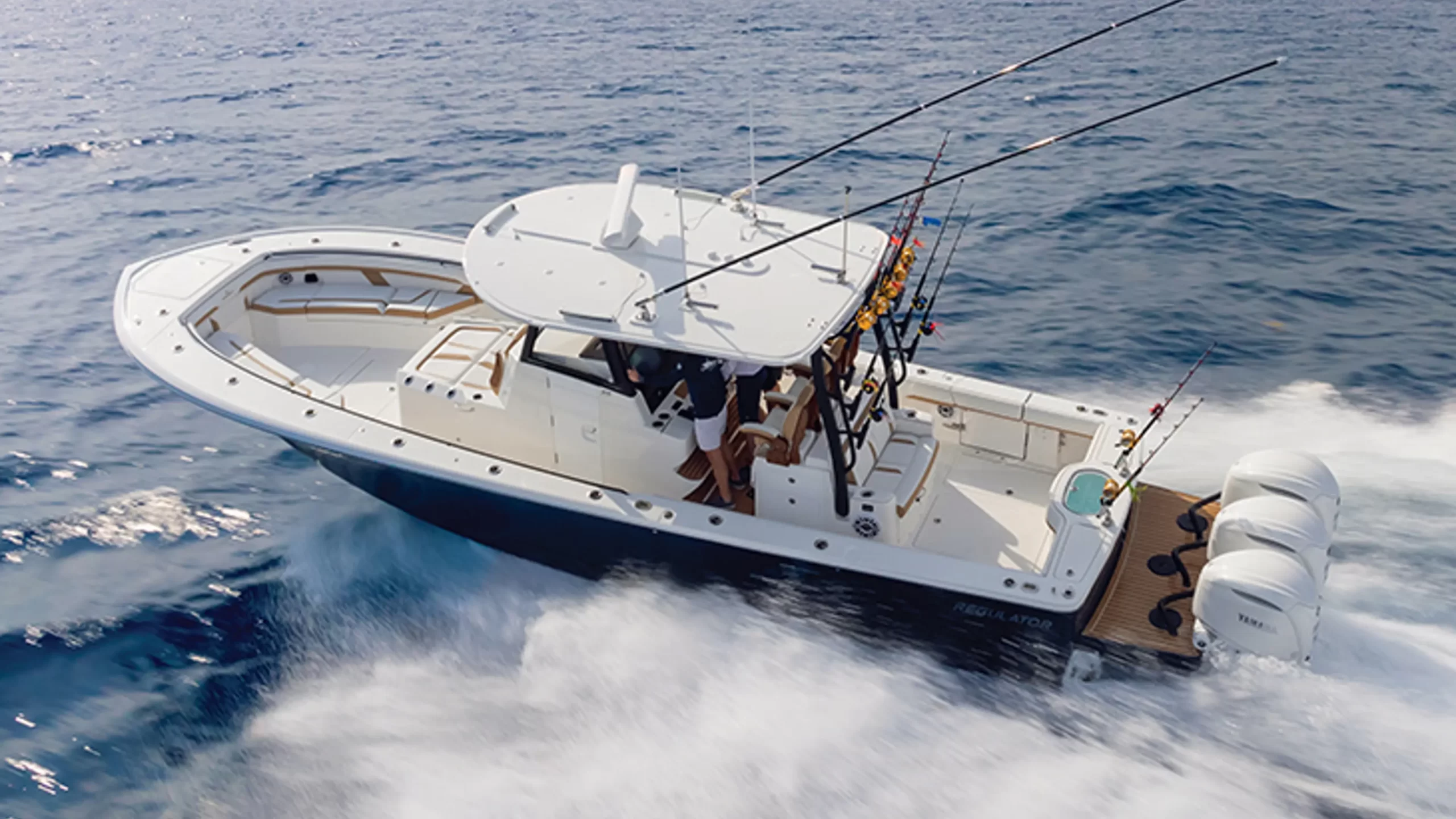
While initial purchase prices are high across the premium segment, a TCO analysis based on 5-year data reveals significant financial discrepancies.
Resale Value: This is one of the most significant factors in long-term cost. While specific resale percentages fluctuate based on market conditions, official valuation guides and market data show that premium, well-maintained brands hold their value significantly better than the industry average. Factors like build quality, brand reputation, and maintenance history are primary drivers of a boat’s retained value. High-demand brands in the premium center console market are known to retain a high percentage of their value, minimizing the total cost of ownership.
Long-Term Maintenance: Build quality directly impacts long-term costs. Many premium builders, including Regulator, emphasize composite and 100% wood-free structural construction to eliminate a specific financial risk: transom rot. In boats that use wood-cored transoms, water intrusion can lead to rot 10-15 years into the boat’s life. While a common liability, a professional transom repair is a costly undertaking, estimated at $2,000.00 to $5,000.00 or more depending on the boat’s size. This potential liability makes wood-free construction a significant long-term value.
Fishable Days: The “Fishable Days” Metric For professional captains and serious anglers, value isn’t just measured in speed, but in usable days. This is where the heavy-build philosophy translates directly to value. Online forums and owner testimonials frequently center on this key difference: lightweight competitors are built to run on top of the waves, while a Regulator is built to run through them. This design provides a drier, more stable ride in a head sea. As one owner of a 32-foot Regulator, a self-described “true Carolina boat,” noted, “when the seas start to boil… I usually am passing most other boats.” He observed that on those rough days, “a lot of people decided to stay in.” This ability to convert marginal days into comfortable, fishable days is a tangible asset that many owners believe pays for the boat’s premium.
Matching Philosophy to Priority
Our analysis of the 2026 market shows that the “best” boat depends entirely on the buyer’s priorities.
- Choose Contender or Yellowfin if your primary and overriding priority is calm-water speed and you operate mostly in protected waters.
- Choose Boston Whaler if your primary priority is the peace of mind of the “unsinkable” brand and a robust dealer network.
- Choose Grady-White if your primary priority is coastal family cruising and creature comforts over hardcore offshore capability.
However, for the buyer whose criteria are a superior rough-water ride and long-term asset retention, the 2026 Regulator lineup’s integration of standard active stabilization and new high-performance engine packages has created a platform that delivers a comprehensive balance of performance, safety, and long-term value.
For more on the latest in motoring reads, click here.
The post A Deep Dive into the Best Center Consoles of 2026 appeared first on LUXUO.

